Vision insurance covers routine eye care services such as periodic eye examinations and refractive services (determining the prescription.) Many vision plans will also offer benefits on materials. These benefits may take the form of an allowance toward materials and special services such as contact lens fittings and follow-up. These benefits may also take the form of covered and non-covered (“out-of-pocket”) items. Plans vary greatly and pre-approval is sometimes required. Without exception, this type of coverage is limited in scope and frequency of benefits. We are obligated to collect all out-of-pocket expenses at time of service.
Medical insurance, on the other hand, covers medical eye care services such as eye emergencies and diseases, and evaluation and management visits of diseases or suspected diseases. Often, diagnostic tests such as digital imaging and visual field evaluations are covered as well. Medical insurance however, never covers routine eye examinations or refractive services. Most insurance types have deductibles and co-pays associated with your coverage. We are obligated to collect these fees at time of service.
Materials are also not covered by medical insurance with the exception of HSAs and Flex Spending Accounts which do cover prescription eyewear.
Some types of insurance plans are also closed to us as providers. In these cases, we will give you the documentation you need to seek your own reimbursement.
New plans under the Affordable Care Act are also required to offer children’s vision services.
How do I know if I have either one?
You can help us work with your existing benefits by checking with your plan administrator or documentation to determine what kinds of insurance coverage you have before your visit. Please give us the information that you have when you make your appointments so that we can be prepared to help you.

